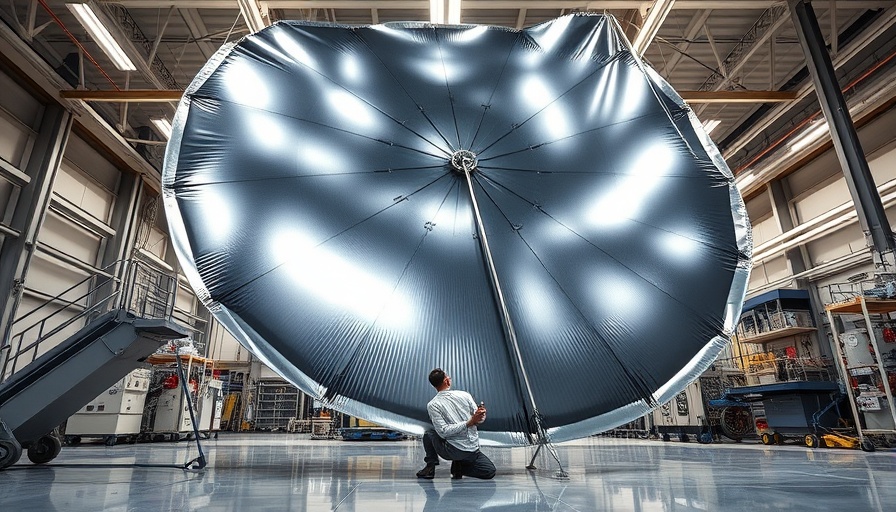
James Webb Space Telescope Takes Astronomy to New Heights
The cosmos continues to unveil its secrets, and at the forefront of this exploration is the James Webb Space Telescope (JWST). Recently, JWST returned to one of Hubble Space Telescope's most iconic images—the Ultra Deep Field—revealing approximately 2,500 galaxies through the lens of infrared light. This renewed interest and invaluable data is made possible by the JWST Advanced Deep Extragalactic Survey (JADES), which seeks to probe regions of the sky initially imaged by Hubble.
Revisiting Iconic Images: A New Perspective
The original Hubble Ultra Deep Field image, compiled in 2004, displayed thousands of galaxies in just a tiny patch of sky, equivalent to less than a tenth of the diameter of the Full Moon. This image was a testament to Hubble's prowess, revealing galaxies that existed over 13 billion years ago. However, JWST's capabilities extend beyond Hubble’s reach, as it can capture infrared light—essential for observing ancient cosmic structures whose light has shifted beyond the visible spectrum.
Capturing the Unseen: The Power of Infrared
While Hubble can only detect visible light, the JWST's larger 6.5-meter telescope significantly enhances our observational abilities. The JWST captured its first look at the Ultra Deep Field in October 2022 using its Near-Infrared Camera. The most recent images, taken with the Mid-Infrared Instrument (MIRI), involved exposure times totaling an impressive 41 hours. This extensive imaging process allows astronomers to focus on the faint signals from distant galaxies, exposing details that were previously beyond our optical reach.
Understanding Galaxy Evolution
The newly collected data reveals that most of the visible galaxies in the captured section are located at high redshifts, with a maximum redshift visible of around 12—signifying they existed roughly 380 million years after the Big Bang. Although none of these are record-holders in terms of distance, they provide critical insight into the formative years of the universe, including galaxy formation and evolution.
The Future of Cosmic Exploration
As JWST continues to analyze these stellar artifacts, we're reminded of the never-ending quest for knowledge in astronomy. Each image is a snapshot not just of cosmic history but also of the technological innovation paving the way for future discoveries. As scientists refine their methods and enhance imaging technology, our understanding of the universe could expand exponentially, opening the door to unraveling further mysteries.
Conclusions: A Journey Through the Universe
Whether you are a casual observer or an ardent space enthusiast, the JWST's recent findings encourage us to look deeper into our universe's history. As we continue exploring the depths of space, each new discovery could redefine our understanding of cosmic phenomena.
Stay tuned, as the journey of discovery is just beginning. For enthusiasts interested in the cutting-edge innovations shaping our understanding of space, it's an exciting time to engage with these remarkable findings.
 Add Row
Add Row  Add
Add 




Write A Comment